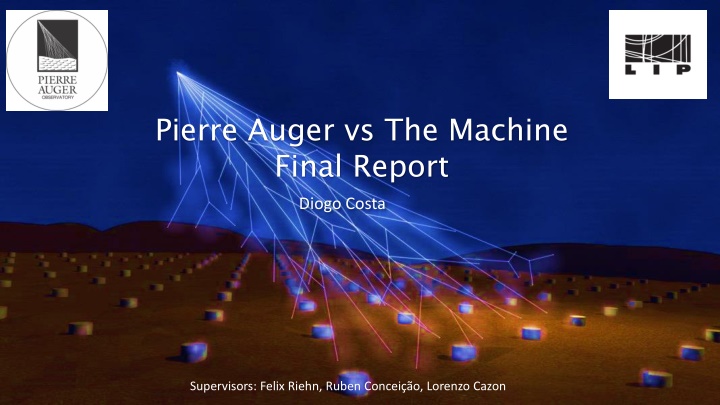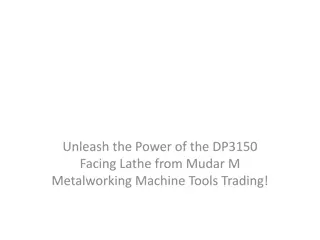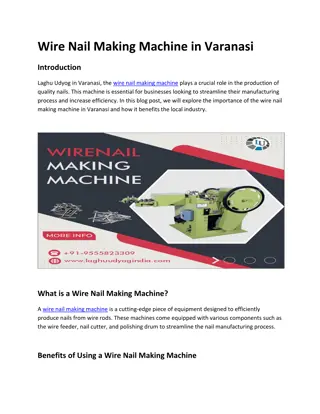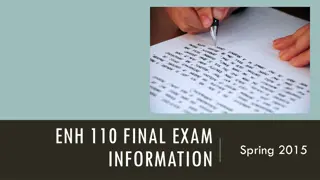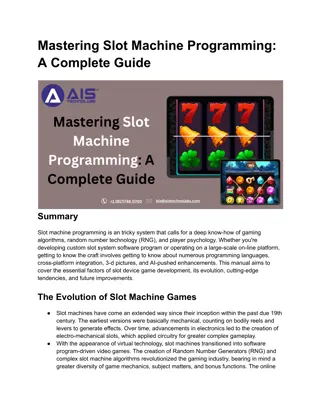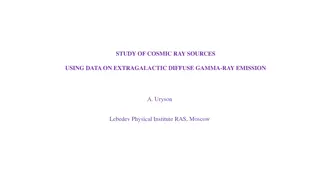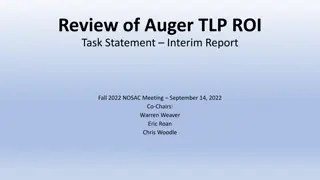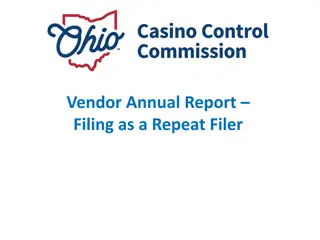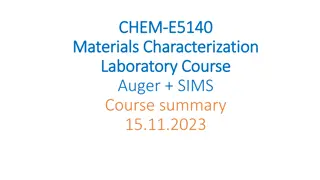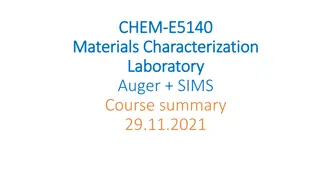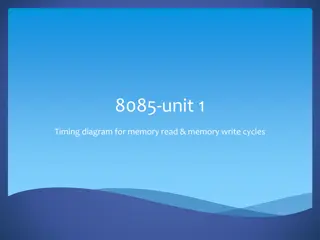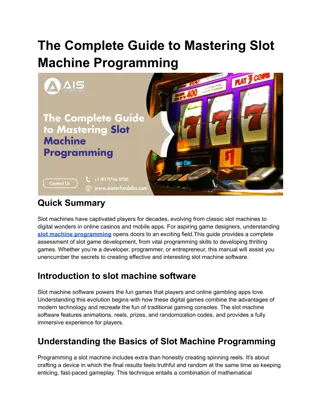Insights from Pierre Auger vs. The Machine Final Report
Comprehensive analysis of UHECRs using hadronic models, machine learning, and neural networks. Research highlights muon deficit, explores high-energy cosmic rays' origin and composition, and addresses systematic uncertainties in shower reconstruction.
Download Presentation

Please find below an Image/Link to download the presentation.
The content on the website is provided AS IS for your information and personal use only. It may not be sold, licensed, or shared on other websites without obtaining consent from the author.If you encounter any issues during the download, it is possible that the publisher has removed the file from their server.
You are allowed to download the files provided on this website for personal or commercial use, subject to the condition that they are used lawfully. All files are the property of their respective owners.
The content on the website is provided AS IS for your information and personal use only. It may not be sold, licensed, or shared on other websites without obtaining consent from the author.
E N D
Presentation Transcript
Pierre Auger vs The Machine Final Report Diogo Costa Supervisors: Felix Riehn, Ruben Concei o, Lorenzo Cazon
Quick Recap | Hadronic Models Deficit in the # of predicted muons compared to the Auger Data Information about UHECRs is extracted using simulations based on hadronic interaction models which rely on extrapolations of accelerator measurements to unexplored regions of phase space The muon deficit in simulations starts around 1016eV and steadily increases with energy. Depending on model and experiment, the deficit at 1020eV ranges between tens of percent up to a factor of 2 Diogo Costa | Pierre Auger vs The Machine - LIP Internship Sep 2021
Quick Recap | Hadronic Models 2 Understand the highest energies cr origin and sudden flux decrease Estimate the primary mass and charge Study hadronic interactions at high energy Diogo Costa | Pierre Auger vs The Machine - LIP Internship Sep 2021
Quick Recap | Machine Learning With the current design of the SD, the separation of the muon and electromagnetic components can only be done for events with large zenith angles or for distances far off from the shower core Currently most variables are estimated trough MC simulations which induce great uncertainty Additional composition-sensitive information will help to reduce systematic uncertainties related to modeling hadronic showers and to limitations of reconstruction algorithms. Diogo Costa | Pierre Auger vs The Machine - LIP Internship Sep 2021
Papers|MARTA Marta - Muon Array with RPCs for Tagging Air showers UMD - Underground Muon Detector 4 RPC s per tank Each RPC divided into 8x8 pads Double layer pads Diogo Costa | Pierre Auger vs The Machine - LIP Internship Sep 2021
Papers|Neural Network Info: RNN architecture Input core distance, sectheta (zenith angle) and a vector of size 200 Output vector of size 200 (predicted signal) 4 hidden layers with f(x) = max(0,x) and f(x) = tanh(x) as activation functions 200 ?? 2 1 ? ?? Loss Function(L) = 200 ?=1 Training: Energies ranging from 1018.5 1020.2eV # of events per set: training-390 000 , validation-22 000, test-34 000 Zenith angles up to 60 Diogo Costa | Pierre Auger vs The Machine - LIP Internship Sep 2021
Project | Marta and Neural Network 1. Simulate the air shower events using Epos-lhc 2. Simulate the WCD and MARTA 3. Calculate the NN prediction for the muon shower componente 4. Compare all of them Diogo Costa | Pierre Auger vs The Machine - LIP Internship Sep 2021
Project | Results Using MARTA data as a verification procedure for the NN Current problems: MARTA synchronization with the WCD Diogo Costa | Pierre Auger vs The Machine - LIP Internship Sep 2021
Conclusion This method shows a new oportunity to gather machine learning with physical detectors With new and better detectors one can further train this or other NN, but the ultimate goal is to come up with a model which can correctly explain the hadronic interactions and solve the muon puzzle Diogo Costa | Pierre Auger vs The Machine - LIP Internship Sep 2021
